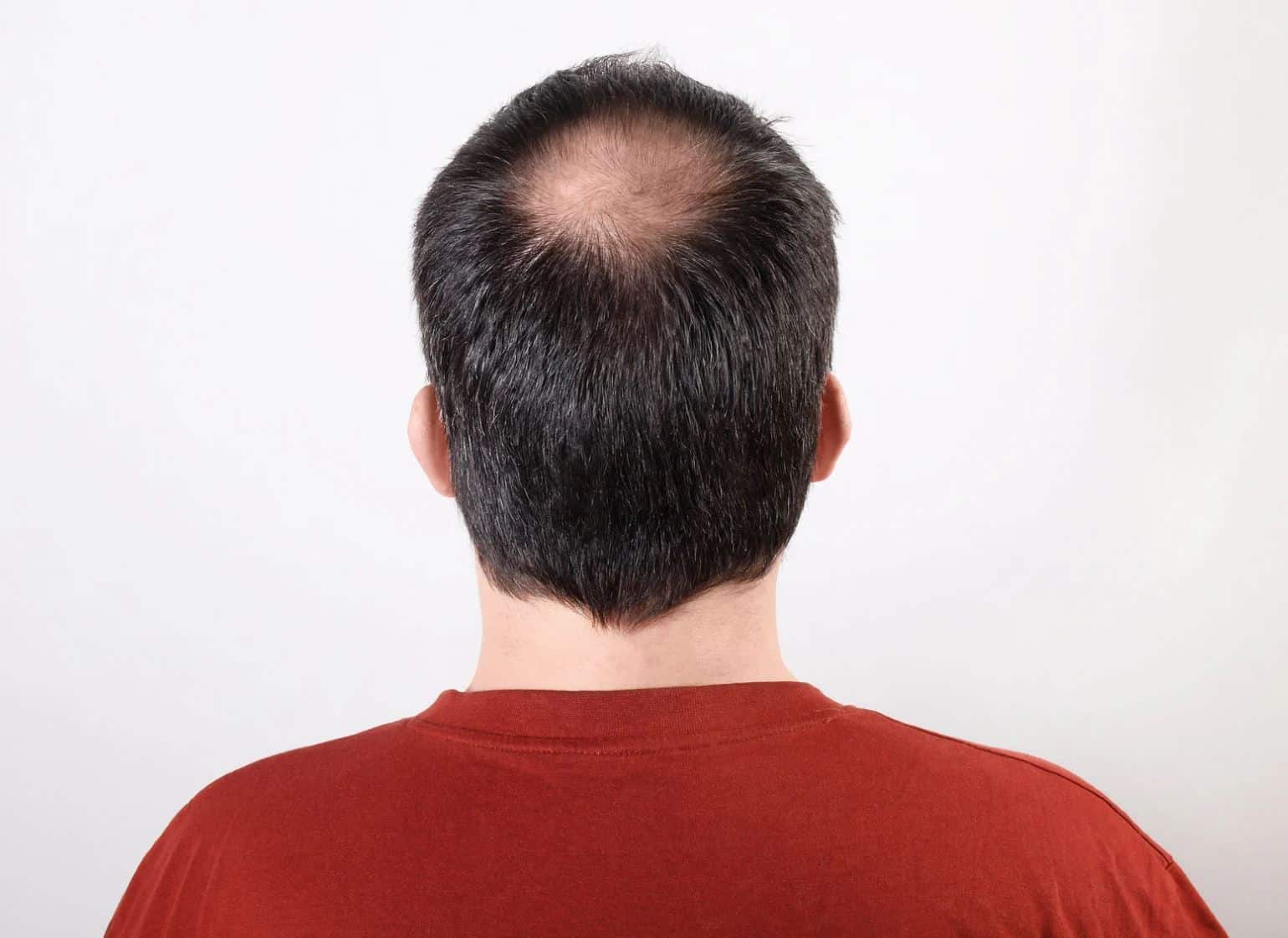If you’ve recently undergone a hair transplant or are considering one, you may be wondering how soon you can get Scalp Micropigmentation (SMP) to enhance your results. SMP is an excellent complement to hair restoration surgery, helping to create the appearance of fuller, denser hair by adding pigmentation to the scalp. But when is the right time to do it?
Why Timing Matters
Your scalp goes through a healing process after a transplant, and rushing into SMP too soon can lead to complications. Here’s why you should wait before getting SMP:
- Healing & Recovery – A hair transplant involves small incisions where follicles are placed, and your scalp needs time to heal to avoid irritation or infection.
- Shedding Phase – It’s normal for transplanted hairs to shed within the first few weeks before new growth starts. Applying SMP too early might disrupt this process.
- Final Hair Growth – It can take 6–12 months to see the full results of your transplant. Doing SMP too soon may mean you don’t get the best aesthetic outcome.
Ideal Waiting Period for SMP After a Hair Transplant
Healing times can vary, but most experts recommend waiting at least 4 to 6 months before getting scalp micropigmentation (SMP).
Here’s a general timeline to help guide your decision:
- 0–2 Weeks: Your scalp is still healing, with redness, scabbing, and sensitivity. SMP should be avoided during this stage.
- 2–3 Months: This is the hair shedding phase, where transplanted follicles enter a resting period. The scalp is still recovering, so it’s best to hold off on SMP.
- 4–6 Months: New hair begins to grow, and the scalp is typically more stable. If healing is complete, SMP may be considered to start enhancing density.
- 6–12 Months: This is when full hair growth results begin to appear. It’s generally the ideal time to undergo SMP for added definition and a fuller look.
How SMP Can Improve Your Transplant Results
SMP is a great way to enhance the look of a hair transplant, particularly if you:
- Have areas of thinning hair that still need more density.
- Want to reduce the contrast between your hair and scalp.
- Have scars from FUE or FUT procedures that you’d like to camouflage.
- Prefer a shaved look but want it to appear fuller.
What to Expect During SMP After a Hair Transplant
If you decide to get SMP, here’s what you can expect:
- Consultation – Your SMP specialist will assess your scalp and discuss your goals.
- Sessions – SMP usually requires 2-3 sessions, spaced a few weeks apart, for the most natural look.
- Minimal Downtime – Unlike a transplant, SMP has little to no downtime, and most people resume daily activities quickly.
Final Thoughts
Getting Scalp Micropigmentation after a hair transplant is a fantastic way to enhance your results, but timing is key. Waiting at least 4-6 months ensures your scalp is fully healed and that your hair transplant results are settling in. If you’re unsure when to start SMP, consult with both your hair transplant surgeon and SMP technician to create the best plan for you.
Thinking About SMP? Let’s Talk!
If you’re considering SMP after a hair transplant, our team at Shapiro Medical Group is here to help. Book a consultation today to discuss your options and get expert guidance on achieving the best possible results.



